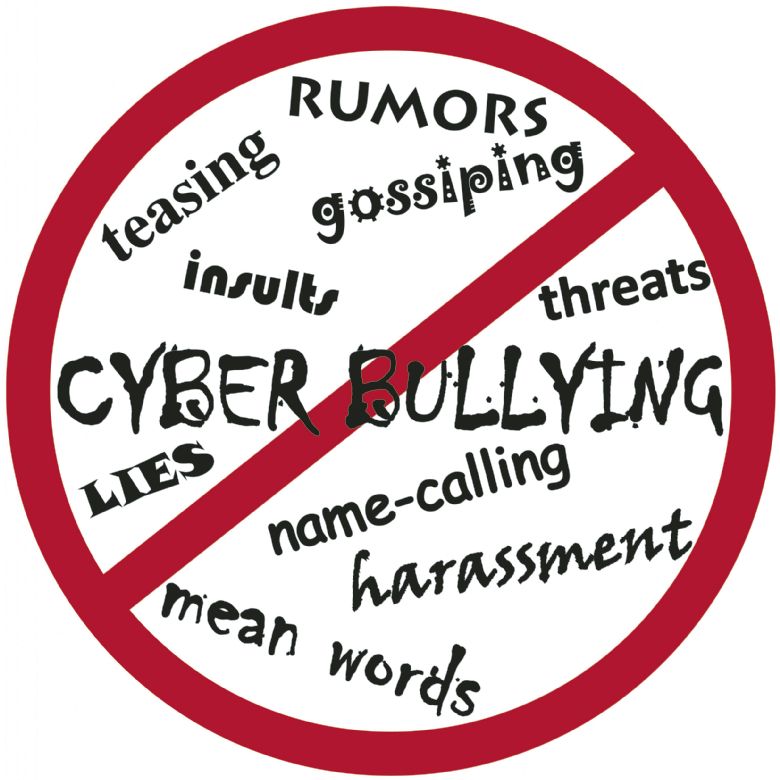27.1° clear sky
E-Safety
Cyber Safety – What is it?
The internet, mobiles phones, social networking and other interactive services have transformed the way in which we live. Children and young people are amongst the early users of the new technologies and move effortlessly between the various interactive services and devices to communicate, interact, create and share content with family and friends. They also often use these technologies as part of the school curriculum. Users are no longer passive recipients of information found on static websites but active participants in online communities where content is generated and easily shared with others.

There is no doubt that the new technologies offer tremendous opportunities for children and young people however as with any environment there are also risks.
Risks associated with the internet, mobiles and social networking sites and other interactive services include:
- Cyber bullying
- Grooming
- Potential abuse by online predators
- Identity theft
- Exposure to inappropriate content including self-harm
- Racism
- Hate
- Pornography
Some of these risks can be a continuation of the risks children and young people experience offline. However, they can be increased because many children and young people also fail to realise that the internet is a public place.
Parents and Carers therefore have an important role to play in helping children and young people stay safe online and encouraging safe and responsible use of these technologies.
What can you do to help your child?
- Speak to the school if you have any concerns about your child’s use of the internet
- Gain up-to-date information from these useful websites:
- Follow these 8 simple steps to educate and prepare your child for issues with cyber bullying:
- Discuss what cyber bullying is and the harm it does with older children and teens
- Be clear about the rules for using technology
- Be aware of and involved with what your child is doing
- Be careful about the use of personal information
- Give consequences if a child cyber bullies
- Provide support if a child is cyber bullied
- Practise how to speak up to stop cyber bullying
- Teach children to get adult help anytime they see unsafe behaviour on the internet.
What does Woodlane do to support pupils?
- Pupils are educated through their computing and PSCHE lessons on issues related to internet safety, cyber bullying and risk etc.
- Aspects of internet safety are taught on a cross-curricular basis. Items are formally written into schemes of work across all subjects to increase exposure to this important subject.
- We ensure pupils take an active role in their learning and that they share this learning with others.
- We ensure that pupils understand the consequences of cyber bullying. Through our positive behaviour policy pupils are sanctioned where necessary and parental involvement sought.
- We encourage pupils to speak up if they are experiencing problems.
- We offer 1:1 support and guidance where necessary.
- We regularly host Cyber Safety Days designed to explore the ways pupils can protect themselves online. Professionals were invited in to work with pupils, to give them the best possible information, and ensure they understand the risks of using the internet.